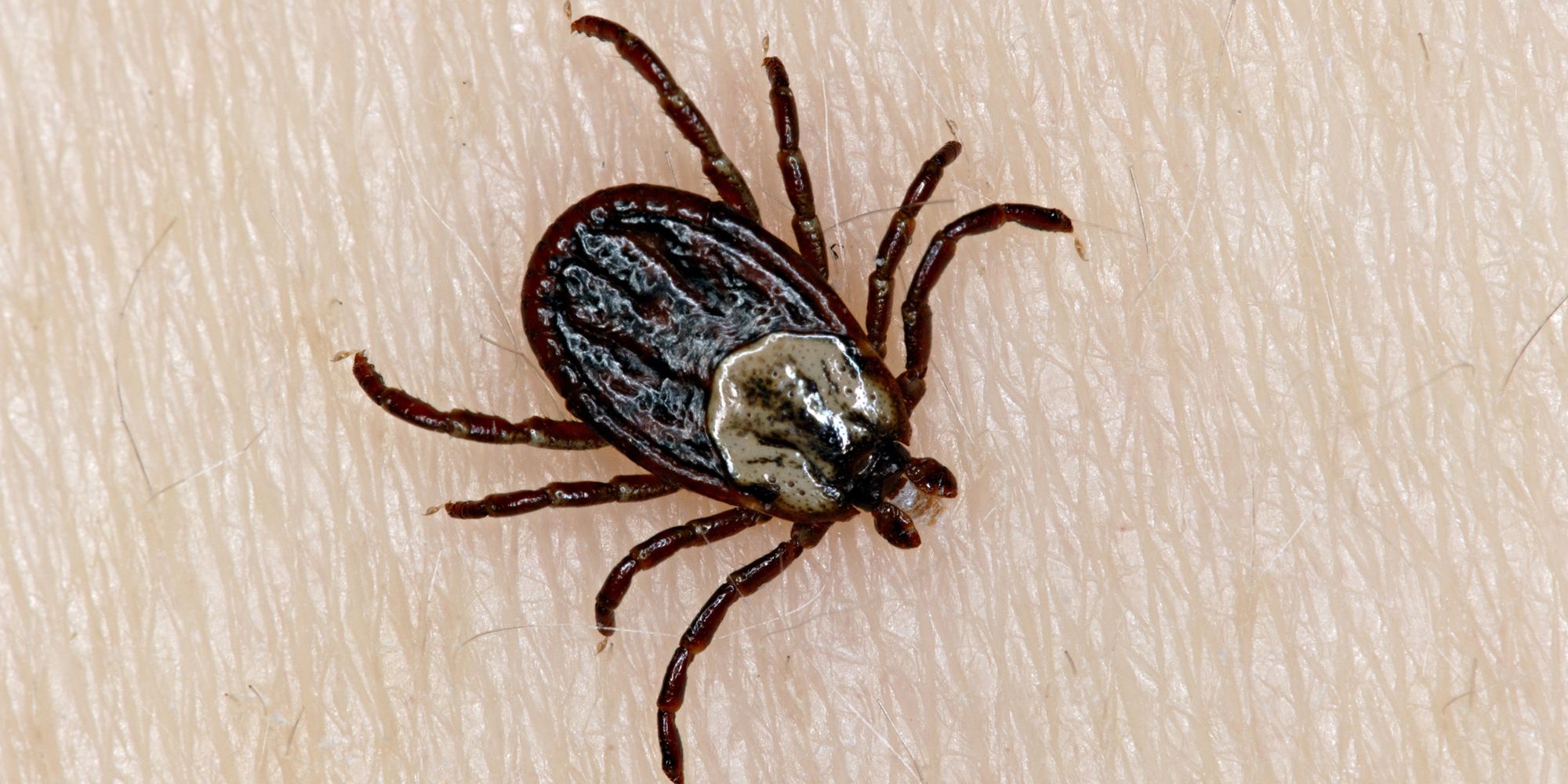 The Tick Season is approaching in the United States, and researchers are warning that tick numbers may be higher than ever before. In fact, some experts are predicting that the tick population in 2024 may be the same or even larger than previous years, thanks to another warm winter and other favorable factors.
The Tick Season is approaching in the United States, and researchers are warning that tick numbers may be higher than ever before. In fact, some experts are predicting that the tick population in 2024 may be the same or even larger than previous years, thanks to another warm winter and other favorable factors.
One of the main concerns for experts is the black-legged tick, which is known for spreading Lyme disease in wooded areas. U.S. health officials are predicting that there will be around 500,000 cases of Lyme disease per year, with the peak occurring in May. This is definitely a cause for concern.
Tick populations can fluctuate from year to year, but it is clear that they are becoming a growing health problem in many parts of the United States. Most ticks in the eastern U.S., including the black-legged tick, feed on deer. These ticks were abundant many years ago, but their numbers dropped when woods were removed and deer were hunted. However, they have since returned with the regrowth of woodlands and the increase in deer populations. As a result, ticks have spread from New England and the Midwest to the South and Great Plains.
There are many factors that contribute to the annual cycle of tick populations. Ticks prefer warm and humid regions, and they thrive after mild winters. They also rely on mice and deer as a food source. Studies have shown that black-legged tick populations have been growing for the past 40 years, leading experts to describe this as a slow-moving epidemic.
The weather can also have an impact on tick season. While cold and dry winters can reduce tick populations, recent mild winters have been attributed to climate change. According to Connecticut Agricultural Experiment Station insect researcher Scott Williams, winter no longer limits tick populations. In addition, ticks can survive heat but tend to hibernate during dry summers. However, last year’s extremely rainy weather increased tick activity in Maine, where Lyme disease is most prevalent. The meteorological service is predicting more precipitation and warmer temperatures, which could make it a very good year for ticks.
The prevalence of Lyme disease is a major concern. Experts expect that 20% to 30% of black-legged tick nymphs in the Northeast and Midwest will carry Lyme disease germs in the spring and summer. Lyme disease can cause symptoms such as fever, headache, fatigue, and a bull’s-eye rash. It is important to see a doctor for antibiotics if you have been bitten by a tick.
Prevention is key when it comes to dealing with ticks. It is important to be aware of treed areas and grassland-forest transitions when you go outside. Ticks often climb up the leaves at ankle height before biting humans and animals. Using EPA-registered insect repellents, wearing light-colored permethrin-treated clothing, and walking on sidewalks can all help to prevent tick bites.
After being outside, it is important to check for ticks. They can appear anywhere on the body, but they are most commonly found in the underarms, belly button, neck, hairline, behind the knees, and waist. Young ticks can be difficult to spot, so it is important to remove them as soon as possible.
If you are bitten by a tick, it is not necessary to send the tick to a testing institution. The CDC advises against this, as it may result in insufficient data due to multiple tick bites.
In conclusion, the upcoming tick season in the United States is cause for concern. Tick populations may be higher than ever before, and Lyme disease is a major threat. It is important to take precautions and prevent tick bites whenever possible. By being aware of your surroundings and checking for ticks after being outside, you can help protect yourself and your loved ones from tick-borne illnesses.

